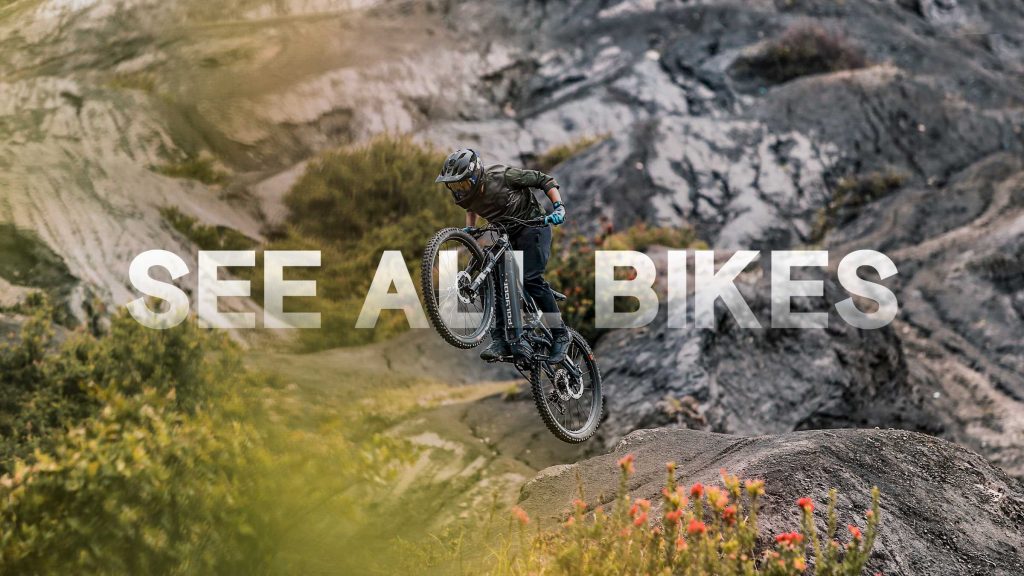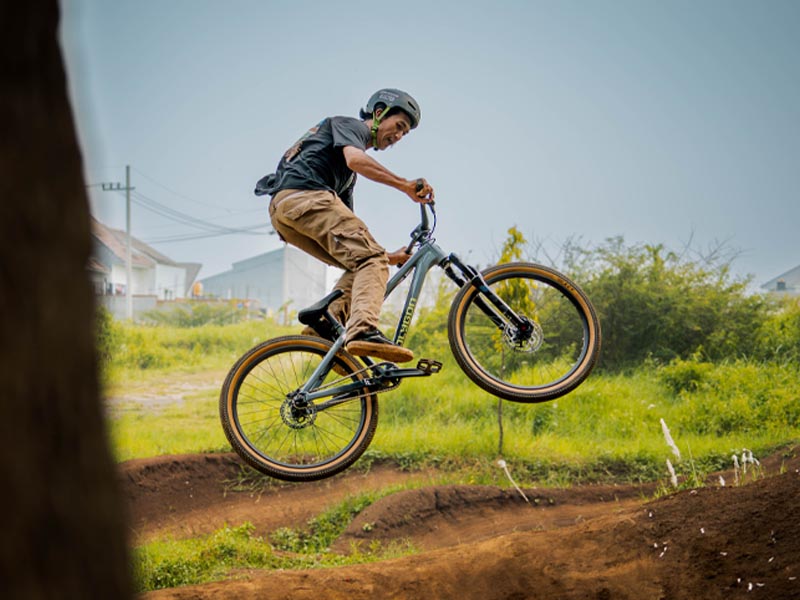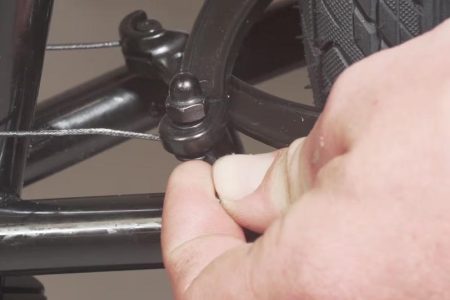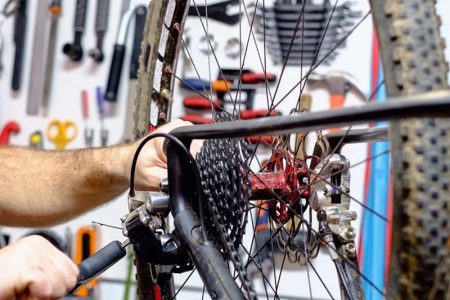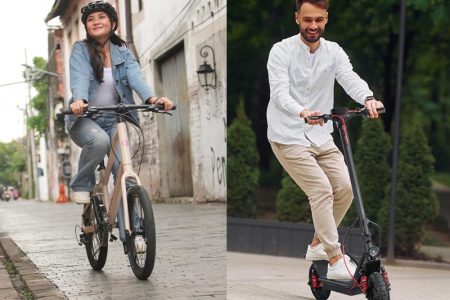Build for Air, Land with Style, Repeat
Shopping for a Dirt Jump Bike isn’t like picking out a coffee mug. This is your weapon of choice for sending it over jumps, landing tricks, and looking ridiculously good while doing it.
If you’re thinking about buying one, pump the brakes (pun intended) for a second. Read this first, and you’ll know exactly what to look for, so you end up with a bike that feels like an extension of you, not a piece of metal you regret a month later.
Dirt jumpers are a special breed. They’re not about long-distance comfort, gravel versatility, or road bike aerodynamics. They’re purpose-built machines designed to handle high-impact landings, whip through the air, and keep coming back for more. But what exactly makes a great DJ bike? Let’s break it down.
1. A Strong Frame You Can Trust
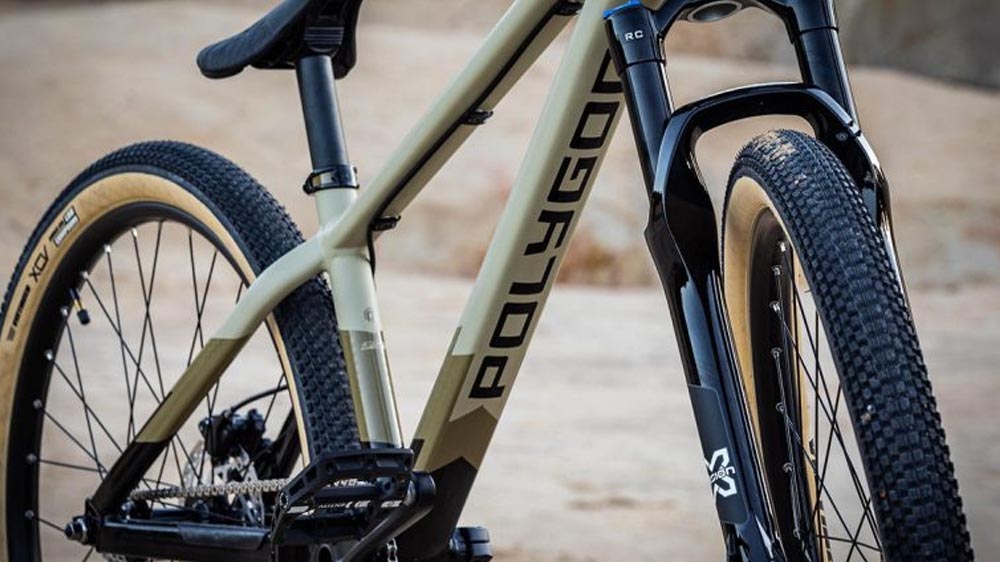
The first thing most riders check, and for good reason, is the frame. This is the backbone of your DJ bike, and it takes a beating every time you ride. You’re not just rolling over smooth tarmac; you’re sending your bike off ramps, dropping into dirt bowls, and sometimes crashing hard.
That’s why durability is everything. Many seasoned riders swear by Chromoly steel for dirt jump frames. Sure, aluminum is lighter, but Chromoly brings the strength and toughness you need to survive repeated abuse without turning your frame into scrap metal.
It’s the material that can take the hits and still keep its shape, which is why BMX riders have trusted it for decades. A stiff frame means you get direct feedback from the bike, which can help with precision. If a frame looks sleek but doesn’t feel solid in your hands, it’s not the one.
2. Suspension Forks: Less Is More
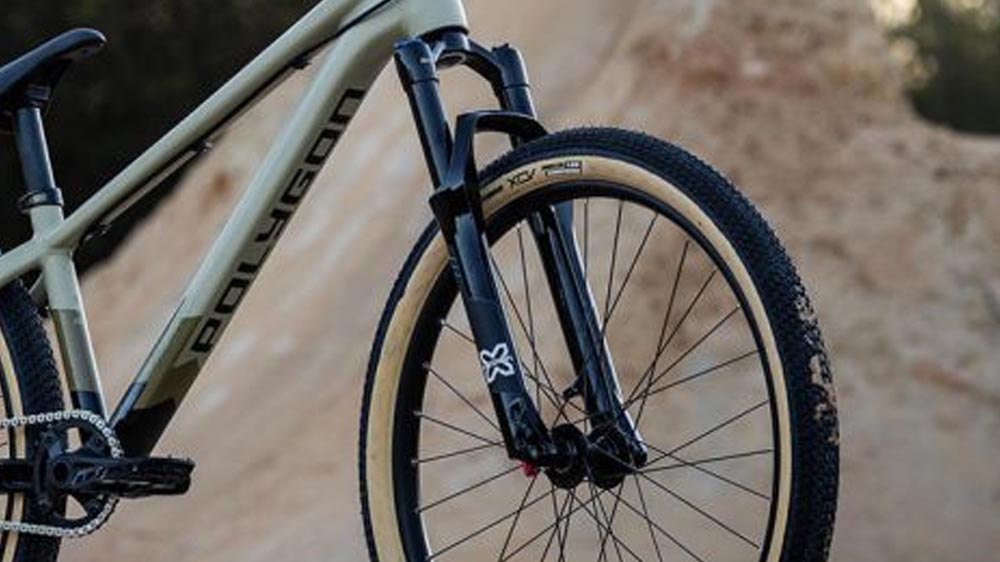
Here’s the thing: this isn’t downhill mountain biking. You don’t need a huge, plush fork that swallows bumps like a sofa cushion. Dirt jumpers keep it simple, usually sticking to 100–120mm of suspension travel. Why? Because too much travel makes the front end feel sluggish and less responsive in the air.
A stiffer fork also helps with precision. When you land, you want that front wheel to stay where you expect it, not bounce around like it’s on a pogo stick. Many DJ forks are even designed with heavier damping to handle hard landings without bottoming out.
And yes, some purists ride rigid forks. It’s a bold move, but if you want maximum pump track efficiency or pure street style, it’s an option. Be prepared for the extra tension in your arms and shoulders.
3. The Sweet Spot for Wheel Size
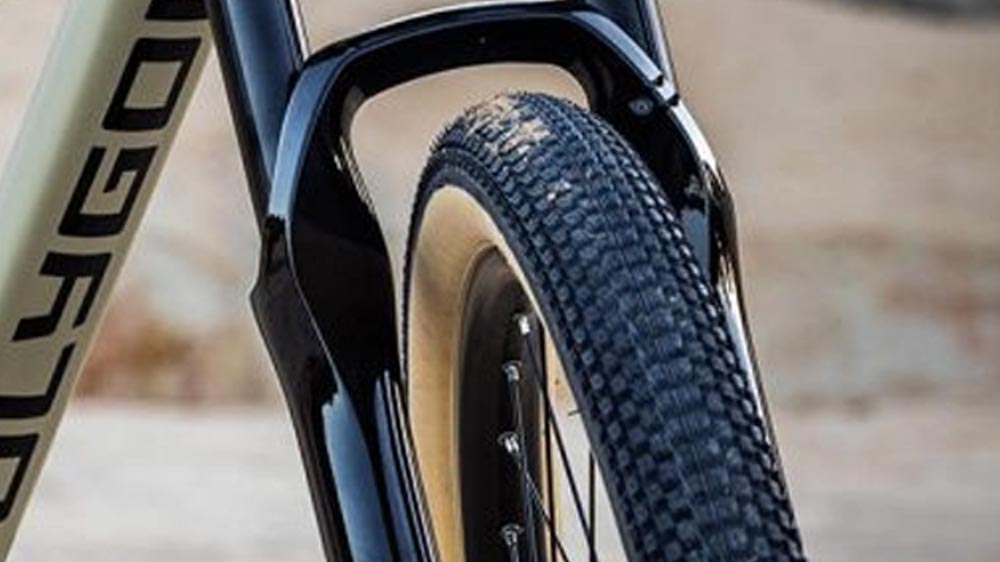
This is where preference comes in, but the most common choice is still 26-inch wheels. They’re the gold standard for dirt jumping, nimble, light, and easy to throw around in the air.
That said, some riders are experimenting with 27.5-inch wheels for a slightly smoother ride and better rollover on rougher dirt courses.
If you’re coming from MTB, the idea of “downsizing” might feel weird at first. But in dirt jumping, smaller often means better control, faster spins, and a more playful feel.
The key is finding a wheelset that’s both strong and light, with double-wall rims and beefy hubs to handle repeated impact. Spokes should be tensioned well, and tires should be chosen based on where you ride, smoother treads for pump tracks, chunkier patterns for looser dirt.
4. Brakes Or No Brakes?
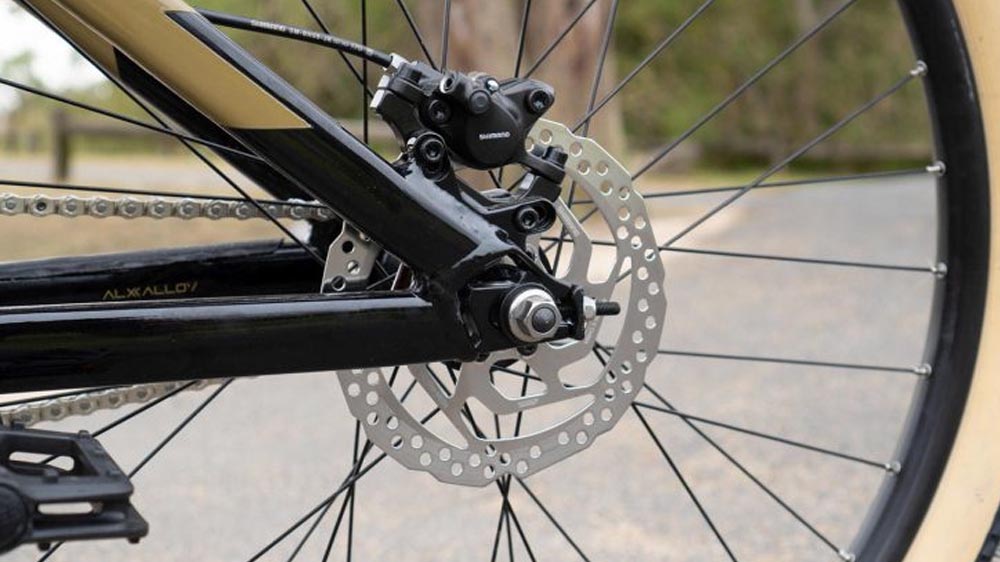
This is a surprisingly divisive topic in the DJ world. Some riders run a rear brake only, some run both, and some run none at all.
Here’s the breakdown:
- Rear Brake Only: The most common setup. Keeps the cockpit clean for bar spins and tricks while still letting you scrub speed when needed.
- Both Brakes: More stopping power, but extra cables can get in the way for bar spins or tailwhips unless you use a gyro system.
- No Brakes: Maximum freedom of movement, but you need perfect bike control (and probably a skatepark setting) to make this safe.
At the end of the day, it’s about your riding style and local spots. Some dirt parks require at least one brake for safety reasons, so check before committing to brakeless. If you’re new to dirt jumping, a rear brake is a good starting point; it’s a safety net that won’t limit your tricks too much.
5. The Beauty of a Single Chainring
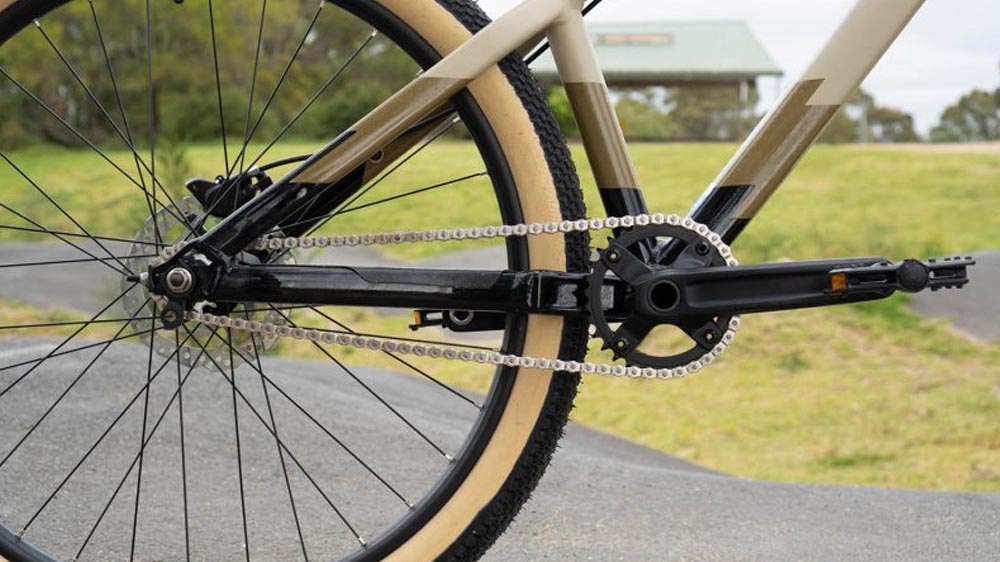
Dirt jump bikes are built for simplicity, and nothing says simple like a single chainring drivetrain. No front derailleur, no shifters, no fuss — just one gear, perfectly matched to your riding style.
Why? Because you’re not shifting mid-air. You don’t need a range of gears when your rides are all about short, intense bursts of pedaling before hitting the jump line. One chainring means less maintenance, less weight, and fewer things to break when you crash a land.
Most riders stick to gearing that lets them get up to speed quickly without spinning out too early. Experiment a little until you find the ratio that feels just right for your jump lines and local tracks.
6. Customizability: Make It Yours
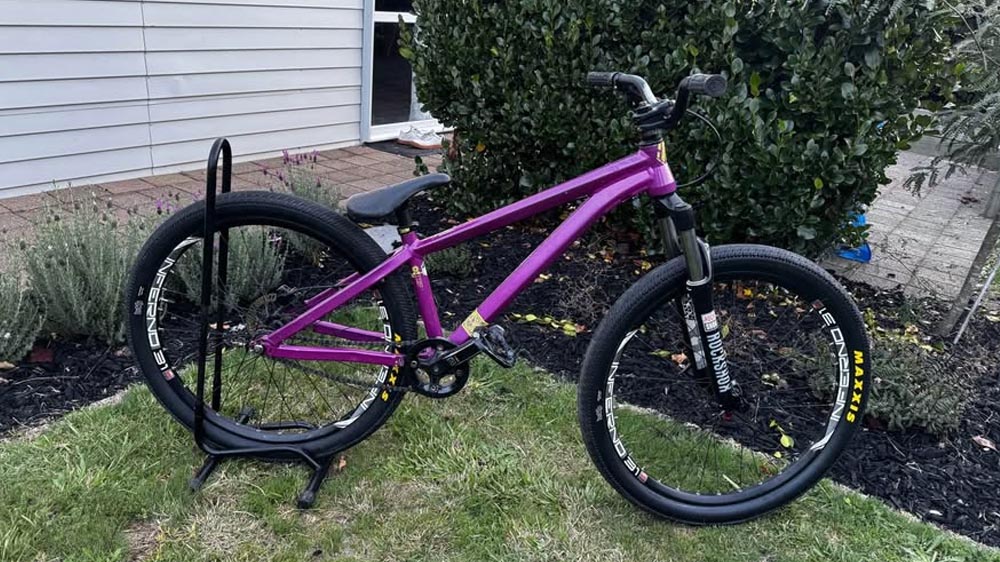
Here’s where the fun begins. A DJ bike is more than a tool; it’s a reflection of your style. Riders love to tweak their setups, like swapping bars for different rise, experimenting with pedals, or upgrading grips for a more locked-in feel.
Some go all-out with custom paint jobs or decal kits, turning their bikes into rolling art pieces. Others focus on performance mods like stronger wheels, lighter cranks, or different tire treads for specific terrain.
The beauty of a dirt jump frame is that it’s a blank canvas. Start with a solid core, then make it your own. Even small changes can make a big difference in how your bike feels and responds.
7. Looks Matter (A Lot)
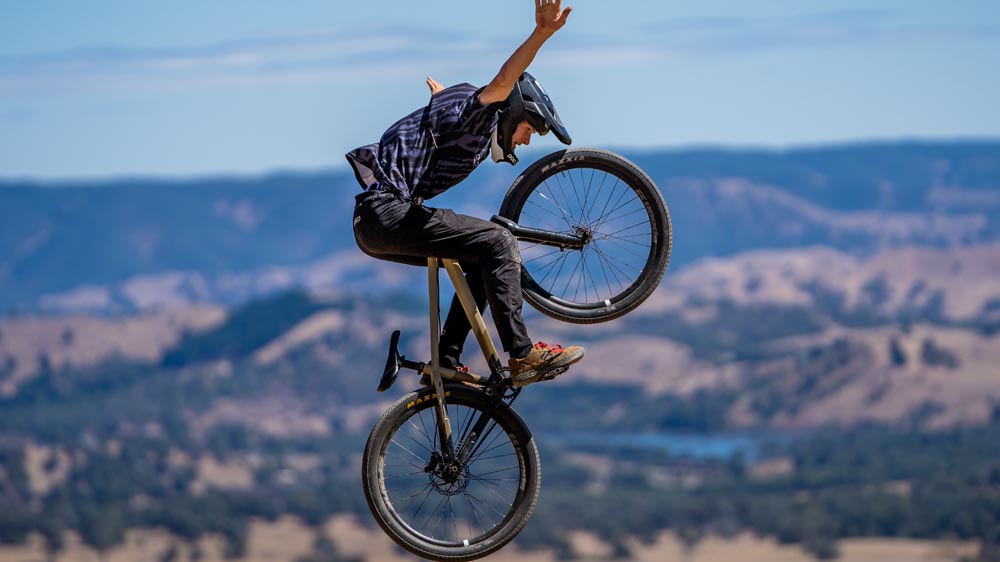
Honestly, in the dirt jump scene, aesthetics are part of the culture. Whether you’re riding at a local park or showing off in Instagram clips, a bike that looks dialed just feels better.
Clean lines, bold colors, and minimal clutter go a long way. Many riders prefer matte finishes or stealthy blacked-out builds, while others go full neon for that retro BMX vibe.
And yes, matching your bike to your helmet, shoes, or even your hoodie? Valid. This is one of those sports where style points count. A bike that looks good makes you want to ride more. It’s motivation, plain and simple.
A DJ Bike Is Personal: Don’t Make the Wrong Choice
There’s no “one-size-fits-all” dirt jumper. What works for one rider might feel completely wrong for another. Your perfect setup depends on your riding style, your local spots, and even your body size.
Before you buy, try to test ride if possible. Borrow a friend’s bike, hit a local pump track, or demo at an event. Feel how the geometry handles. See if the wheel size feels natural. Notice whether the fork gives you the feedback you want.
Also, think about your goals. Are you looking to progress into more technical tricks? Ride smoother pump tracks? Throw down at dirt contests? Your answer will influence your build choices more than any spec sheet.
Read also:
Conclusion: Get the Right Bike, Get More Airtime
Buying a dirt jump bike isn’t just a purchase; it’s a commitment to a style of riding that’s as much about creativity as it is about skill. From a bombproof Chromoly frame to the perfect set of 26-inch wheels, every choice you make shapes how the bike feels under you.
Keep it simple, keep it strong, and make it yours. Because when you drop in, hit that lip, and float through the air, you’ll know, this is the one.


